10 Common Skin Conditions Caused by Sun Exposure
0 Comments
Sunburn
Sunburn occurs after skin has been overexposed to ultraviolet sun rays. Skin contains melanin which serves as a protection barrier from the sun, but when exposed to the sun for long periods of time melanin can not protect as well, resulting in a sunburn. Symptoms Minor sunburns: - Redness of skin - Burning of affected areas - Tightness of skin - Itching and peeling of skin Severe sunburns: - Blisters - Chills - Fever - Weakness - Shock (only for extreme burns) Treatment: - Apply a lotion or other ointment containing aloe vera to burnt skin areas - Take medication such as Aspirin or ibuprofen to reduce pain - Drink water to remain hydrated - If skin begins to peel, do not irritate it. Skin beneath the peeling is very sensitive and will lead to further skin issues if touched - If you have severe blisters or feel faint, visit a doctor - To reduce the chance of sunburn in the first place, it is necessary to apply sunscreen with an SPF of at least 30, apply sunscreen at least 20 minutes before going out in the sun, stay out of the sun between 10 a.m. to 4 p.m. (the hottest time of the day) and wear protective clothing such as hats Photo: Getty Images
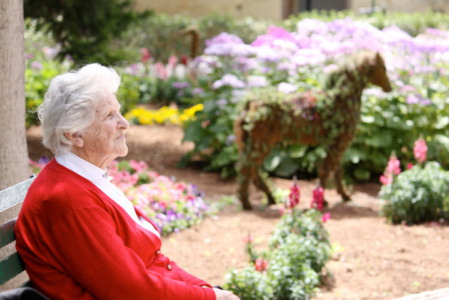
Age Spots
Caused by overexposure to the sun, age spots are brown markings that appear on skin areas including the face, arms, hands and other body areas. As we age, the spots become more prevalent. According to agespots.net, “As we age, our skin’s natural ability to fend off UV rays from the sun begins to deteriorate, and as a result, we see the development of age spots.” Symptoms: - Brown or gray pigmentation of the skin - The pigmentation is flat on skin and in a circular or oval shape - Age spots appear on skin that is exposed the most to the sun such as the face, hands, feet, shoulders, back and arms Treatment: - Age spots are not harmful, but if you are not certain that your pigmentations are age spots, it is important to visit a doctor to make sure they are not cancerous - To reduce pigmentation of age spots, you can use bleaching or fade creams, get laser surgery or apply alpha hydroxy lotion Photo: Getty Images
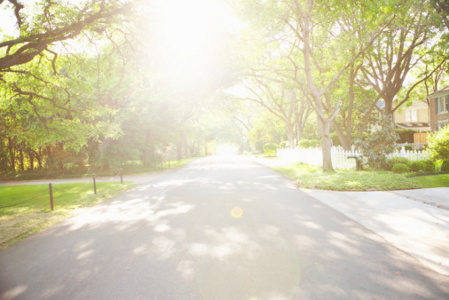
Photosensitivity
Photosensitivity is often referred to as sun allergy. People with the skin condition burn easily from the sun and often have severe symptoms when sunburnt. Although many photosensitivity cases are caused by sunlight, the skin disorder can also be caused by fragrance, plant, fruit, vegetable and chemical contact. It can be caused by medicine including sulfonamides, tetracyclines, amiodarones and thiazides. It can also be caused by diseases including lupus, rosacea and psoriasis, exposure to UV light, metabolic disorders, and genetic diseases including Bloom syndrome and Rothmund Thomson syndrome. Symptoms: - Red or pink skin rash that shows up about 24 hours after sun exposure - Itching - Burning sensation - Scaly and blistered areas on skin Treatment: - Natural medicines such as beta-carotene, fish oil, vitamin B3, vitamin B6 and adenosine monophosphate - Phototherapy (for specific photosensitivity types) - Visit a doctor to determine the cause of your photosensitivity reaction Photo: Getty Images
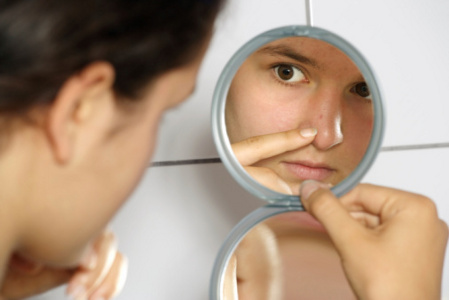
Moles
Moles are a common effect of sun exposure and can appear almost anywhere on the body. According to Webmd.com, moles will most often appear before age 20. Some moles may be harmless, but some can also be cancerous. If you question the state of your mole, visit a doctor for an examination. Symptoms: - Raised skin - Skin tone, brown, reddish-brown or black coloring - Rounded or oval shape - It is important to see a doctor when moles appear after age 20, have a painful sensation, itch, bleed or discharge, develop scaliness, have unusual borders, or change shape, size, color or surface Treatment: - Visit a dermatologist if you experience the above serious situations with your moles - Mole removal Photo: Getty Images

Polymorphous light eruption (PMLE)
Women between the ages of 20 to 40 are most often affected by this skin condition. The condition is also common among individuals who are sensitive to sunlight and appears on skin when people affected begin spending more time in the sunshine. Symptoms: - A red or pink and bumpy rash - Raised areas of skin - Itchiness - Dry patches - Burning sensation Treatment: - Hydroxychloroquine (Plaquenil), a medication that helps skin conditions - Visit a doctor for prescribed steroids - Avoid sunlight exposure Photo: Getty Images
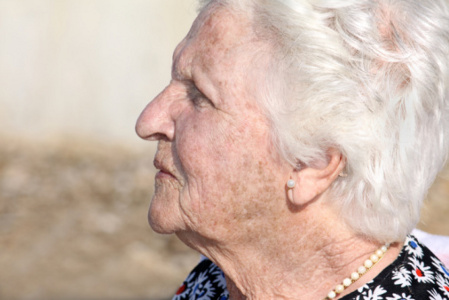
Solar elastosis
Solar elastosis is another word for wrinkles and occurs when skin’s elastic tissue deteriorates from sun exposure. Mayoclinic.com said that without the strength of the tissue and collagen, skin becomes limp. Symptoms: - Wrinkles - Loose and sagging skin - Deep lines in skin Treatment: - Apply skin creams such as Imiquimod or tacrolimus so skin can regain tightness - Drink water to keep skin hydrated - Avoid extended sun exposure early in life to avoid solar elastosis - Laser resurfacing Photo: Getty Images
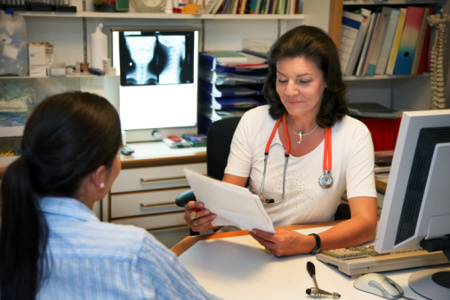
Skin Cancer
Skin cancer is one of the most fatal results of prolonged and unprotected sun exposure. It comes in several forms, but three of the main varieties are melanoma, basal cell carcinoma and squamous cell carcinoma. Photo: Getty Images
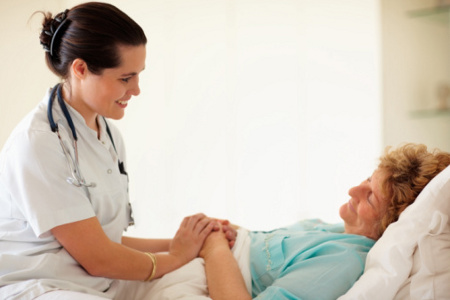
Melanoma
Symptoms: - A change in color, elevation, shape, size, etc. of a mole - A new mole or other abnormal skin growth - A mole’s color spreads to nearby areas of the skin - Itching of a mole - Bleeding or discharge of a mole Treatment: - Visit a doctor for an examination if you notice any of the above symptoms - Mole removal - Radiation therapy - Chemotherapy Photo: Getty Images
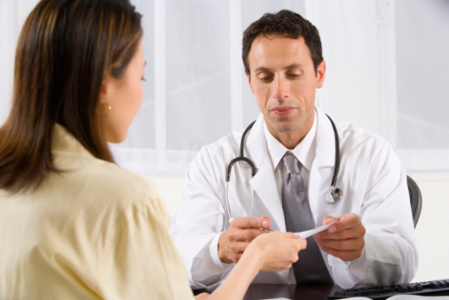
Basal Cell Carcinoma
Symptoms: - A waxy skin growth - An unhealed wound - A sunken wound - The development of a sore even though you have not hurt yourself - A crusty or bloody wound Treatment: - Visit a doctor for a thorough examination - Growth removal - Radiation Therapy - Chemotherapy Photo: Getty Images

Squamous Cell Carcinoma
Symptoms: - An unhealed sore - Changes in a mole or other skin growth - A scaly growth with red areas - A sore in your mouth - A newly developed growth Treatment: - Visit a doctor for a thorough examination - Growth or sore removal - Mohs surgery- Removes the cancerous growth without taking away nearby - healthy skin - Radiation therapy - Chemotherapy - Freezing off growth References: http://www.sunburn.ws/effectively-treating-sunburns http://www.webmd.com/allergies/guide/sun-reactions http://www.agespots.net/causes.aspx http://www.mayoclinic.com/health/age-spots/DS00912/DSECTION=symptoms http://www.webmd.com/skin-problems-and-treatments/slideshow-common-adult-skin-problems http://www.dermnet.org.nz/reactions/photosensitivity.html http://www.evitamins.com/encyclopedia/assets/health-condition/photosensitivity/helpful-supplements http://www.mayoclinic.com/health/moles/DS00121/DSECTION=symptoms Photo: Getty Images
Add a CommentComments
There are no comments yet. Be the first one and get the conversation started!